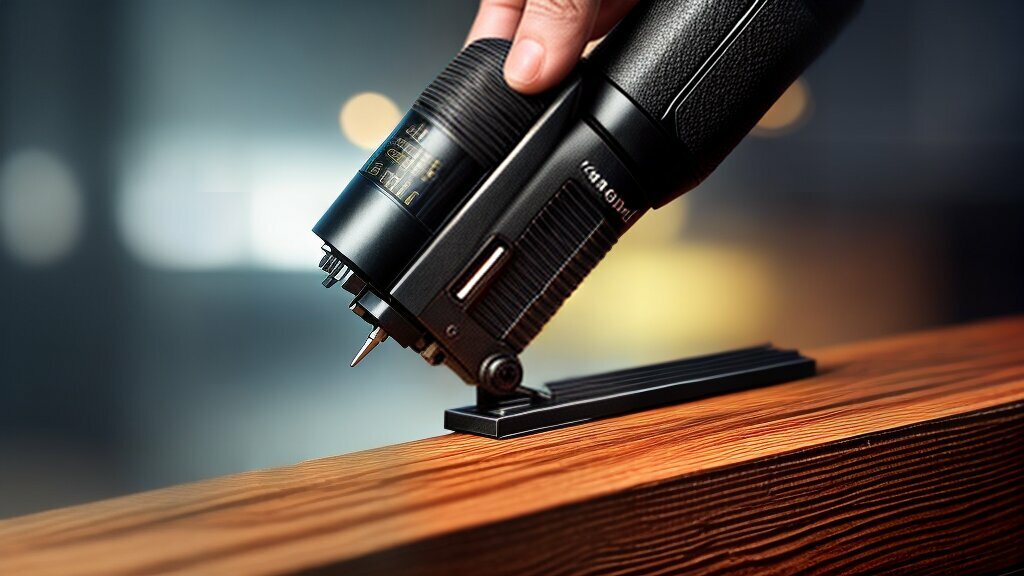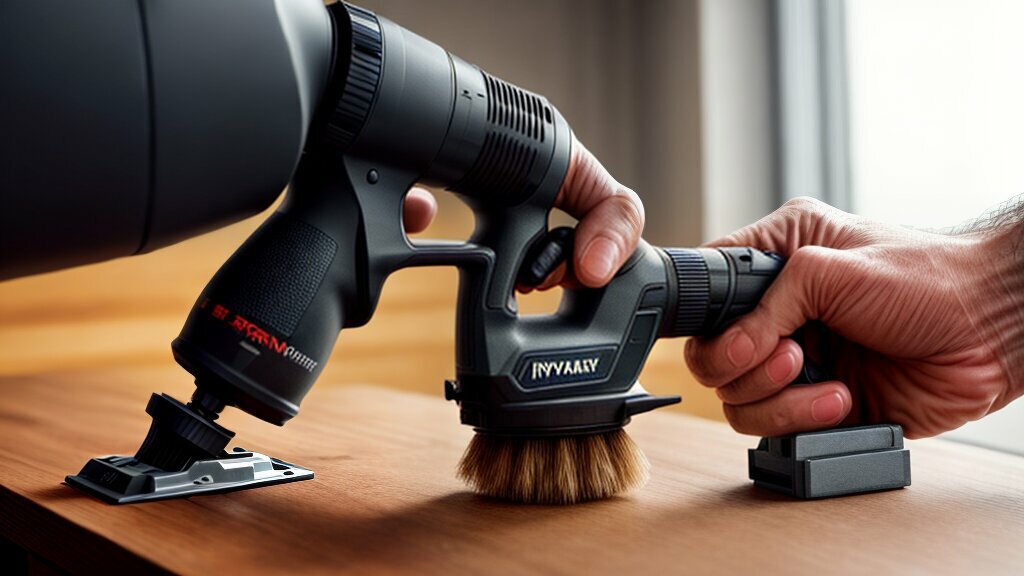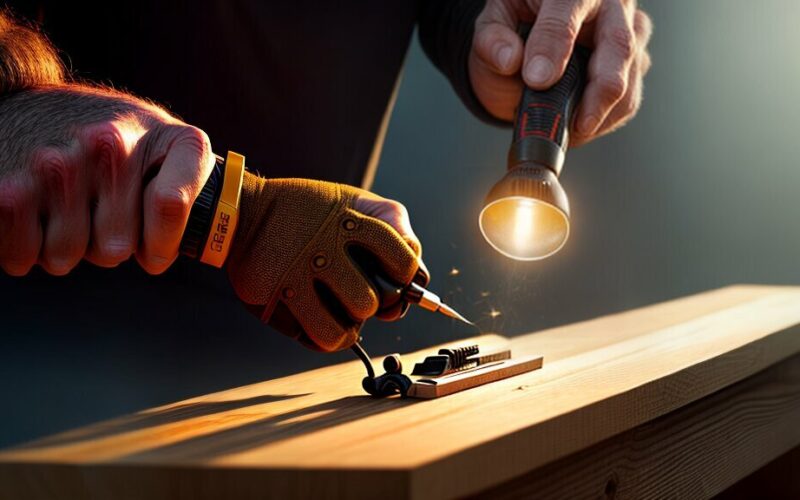Are you planning to take on a DIY project that involves framing or construction work? A framing nailer can be a game-changer, making your work quicker and more efficient. However, using a framing nailer can be intimidating for those who have never used one before. That’s where our step-by-step guide comes in.
In this article, you will learn how to use a framing nailer effectively so that you can confidently tackle your next DIY project. We will cover everything you need to know, from getting acquainted with your framing nailer to safety precautions, basic techniques, troubleshooting common issues and proper maintenance. So let’s get started!
Key Takeaways:
- A framing nailer can make your work quicker and more efficient.
- Our guide will cover everything you need to know to use a framing nailer effectively, including safety precautions, basic techniques, and troubleshooting common issues.
- Maintaining your framing nailer is important to prolong its lifespan and efficiency.
Getting Acquainted with Your Framing Nailer
If you’re new to using a framing nailer, it can be overwhelming at first. But with a little practice, you can confidently handle any project that comes your way. Here’s what you need to know to get started:
Understanding the Parts of Your Framing Nailer
A framing nailer contains several key components that work together to drive nails into wood quickly and effectively. These include the:
| Component | Description |
|---|---|
| Trigger | The trigger is what activates the nailer and drives the nail into the wood. |
| Depth Adjustment | This allows you to control the depth of the nail, depending on the type of wood you’re working with. |
| Air Pressure Adjustment | You can adjust the amount of air pressure for the perfect level of force to drive the nail. |
| Nail Magazine | The nail magazine is where the nails are loaded into the nailer. It’s important to load the nails correctly to prevent jams. |
Loading Your Nailer
Before using your framing nailer, you’ll need to load it with nails. Here are the basic steps:
- Disconnect the nailer from the air compressor to ensure safety.
- Release the nail magazine and place the nails in the correct orientation.
- Close the nail magazine and reconnect the nailer to the air compressor.
Adjusting Your Nailer
To ensure optimal performance, you’ll need to adjust your framing nailer for the specific project you’re working on. Here’s how:
- Set the depth adjustment based on the thickness of the wood you’re working with.
- Adjust the air pressure according to the size of the nail and the type of wood.
- Test the nailer on a scrap piece of wood before starting your project to make sure the settings are correct.
Remember Safety First
Always wear safety glasses and hearing protection when using a framing nailer. Keep your fingers away from the trigger when not in use to prevent accidental firing. And, most importantly, never point the nailer at someone else or yourself.

Basic Techniques for Using a Framing Nailer
Now that you are familiar with the components of a framing nailer, it’s time to learn the proper techniques for using it effectively. First, ensure that you have a firm stance and grip on the tool. Keep one hand on the handle and the other on the magazine to maintain control.
Next, position the nailer against the workpiece, making sure it is aligned correctly. Apply consistent pressure on the trigger to drive the nail into the wood. Remember to maintain a steady rhythm to avoid mistakes.
It’s also important to maintain control and accuracy while using the framing nailer. Keep your focus on the workpiece and avoid distractions. If you experience any misfires or other issues, refer to the troubleshooting section in this guide.
By following these basic techniques, you’ll be able to use a framing nailer efficiently and effectively in your DIY projects. Next, let’s discuss important safety precautions to keep in mind while using a framing nailer.
Safety Precautions for Operating a Framing Nailer
When it comes to using a powerful tool like a framing nailer, safety should be your top priority. Here are some essential safety precautions to keep in mind:
- Always wear safety glasses to protect your eyes from flying debris.
- Use hearing protection to prevent damage from the loud noise of the tool.
- Keep your fingers away from the trigger when not in use to avoid accidental firing.
- Inspect the tool before each use to ensure it is in good working condition.
When using a framing nailer, always be aware of your surroundings and the people around you. Avoid pointing the tool at anyone and keep your work area clear of clutter.
It’s important to note that a framing nailer can be dangerous and potentially cause serious injury if not used properly. Always follow the manufacturer’s instructions and exercise caution while operating the tool.
If there is a misfire or jam, do not attempt to fix the problem with your hands. Turn off the tool and unplug it from the power source before troubleshooting. Refer to the manufacturer’s instructions for specific guidance on resolving issues.

Troubleshooting Common Issues with a Framing Nailer
Even with proper use and maintenance, a framing nailer may encounter some common issues. Here are some troubleshooting tips to help you get back to your DIY project quickly.
Misfires
If your framing nailer misfires, the nail may not properly penetrate the workpiece or may not fire at all. This can be caused by several factors, including insufficient air pressure, a dirty nail magazine, or worn trigger components.
To troubleshoot a misfire, start by checking the air pressure. Make sure it is set to the recommended level for the tool and check to see that the compressor is functioning properly. Additionally, make sure the nail magazine is clear of any dirt or debris, as this can impede the nails from feeding properly. If neither of these checks resolve the issue, inspect the trigger components for wear and replace them if necessary.
Jams
Nail jams can be a frustrating issue with framing nailers. This can happen when nails become misaligned in the magazine or the depth setting is incorrect, causing nails to jam in the workpiece.
To clear a nail jam, first disconnect the air supply and remove any remaining nails from the magazine. Then, use a hammer or another tool to carefully tap on the jammed nail until it releases from the magazine. If the jam occurs frequently, check the depth setting to ensure it is appropriate for the material you are nailing into.
Nails Not Sinking Properly
If your framing nailer is firing nails but they are not sinking properly into the workpiece, this could be caused by insufficient air pressure, worn or damaged driver blades, or a dirty tool.
To troubleshoot this issue, start by checking the air pressure to ensure it is set to the recommended level for your tool. Then, inspect the driver blades for any signs of wear or damage and replace them if necessary. Finally, make sure the tool is clean and free of any debris that could interfere with the nail’s path.

Proper Maintenance for Your Framing Nailer
Regular maintenance is key to ensuring your framing nailer stays in good condition and performs efficiently. By following these simple steps, you can prolong the lifespan of your tool and avoid costly repairs.
Clean After Each Use
After each use, wipe down the exterior of your nailer with a dry cloth to remove any dust or debris. Use a soft bristle brush to clean the nail magazine and remove any remaining nails. Check the air filter and replace it if necessary.
Lubricate Moving Parts
Apply a few drops of lubricating oil to the moving parts of your nailer, including the trigger and magazine. Wipe away any excess oil with a clean cloth. This will prevent rust and ensure smooth operation.
Inspect for Wear and Tear
Regularly inspect your nailer for signs of wear and tear, including worn-out seals, loose screws, or damaged parts. Replace any worn-out parts and tighten any loose screws to avoid further damage.
Store Properly
When not in use, store your nailer in a dry and cool place, away from direct sunlight and moisture. Use a cover to protect it from dust and debris. Drain the air compressor after each use to prevent moisture buildup.

Remember that regular maintenance is the key to keeping your framing nailer in top condition. By following these simple steps, you can ensure that your nailer operates smoothly and efficiently for years to come.
Conclusion
Congratulations! You’re now equipped with the knowledge and skills to confidently use a framing nailer for your DIY projects. Remember, using a framing nailer not only saves time and effort but also ensures accuracy and precision.
Always prioritize safety by wearing protective gear and following proper operating procedures. Be aware of potential hazards and take necessary precautions to prevent accidents.
If you encounter any issues, refer to our troubleshooting guide for step-by-step solutions. Regular maintenance will also ensure the longevity and efficiency of your framing nailer.
Don’t be afraid to experiment with different techniques and strategies to find what works best for your projects. Happy nailing!





